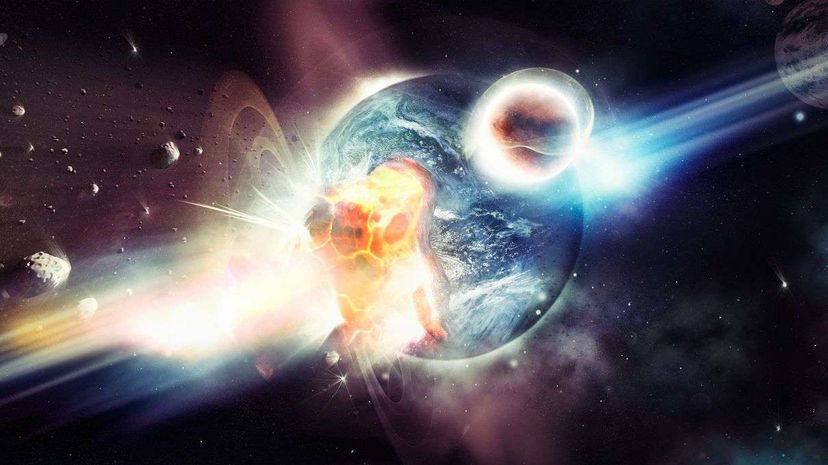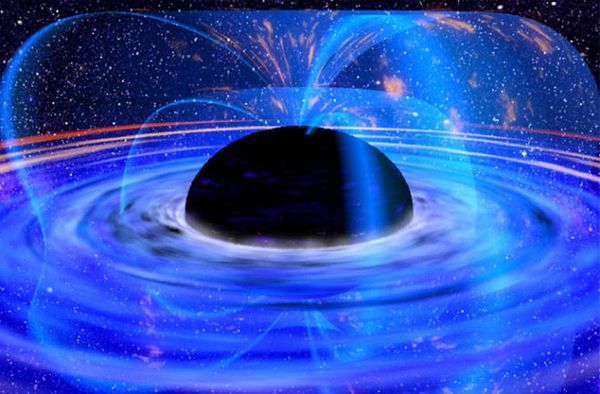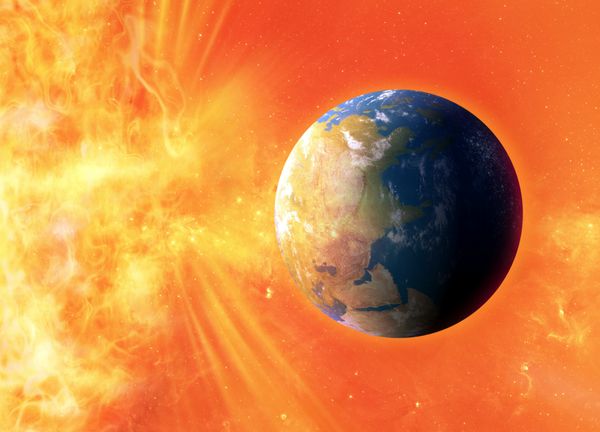
In "Star Wars: The Force Awakens," an evil military junta called the First Order has risen from the ruins of the Galactic Empire, and is waging war against with a particularly frightening new weapon. Starkiller Base, as it's called, is an icy planet that's essentially been converted into a giant ray gun, capable of obliterating an entire distant solar system with a single shot.
The bad guys upped their game considerably since the first "Star Wars" movie, in which the Empire's ultimate weapon was theDeath Star, a moon-sized space station with the ability to destroy a planet.
Advertisement
As theofficial Star Wars websiteexplains, Starkiller somehow harvests energy from the star it orbits, and then contains it within magnetic fields inside the base's planetary core. That energy is then harnessed and converted into an "ultra-powerful beam" that can blast throughhyperspace— apparently a so-calledwormholein the time-space continuum in which incredible distances can be covered at speeds faster than light.
When the beam comes out at the other end of hyperspace, those in its path are doomed. The Starkiller's beam is "able to sterilize the worlds of a distant star system with a single shot," we're told.
Advertisement




